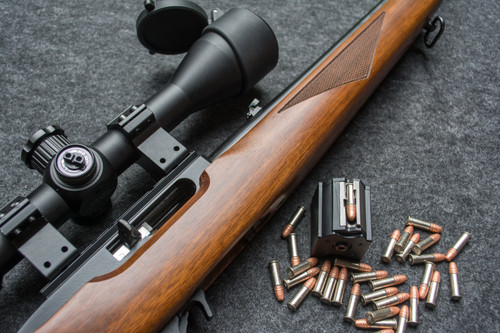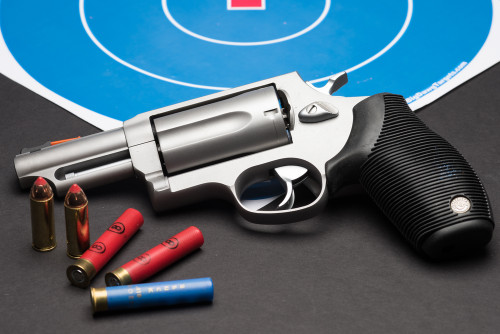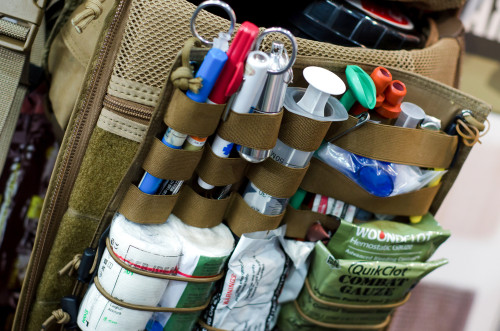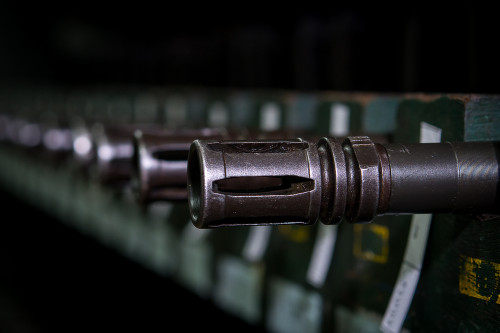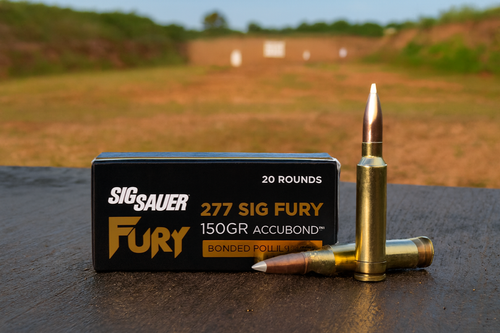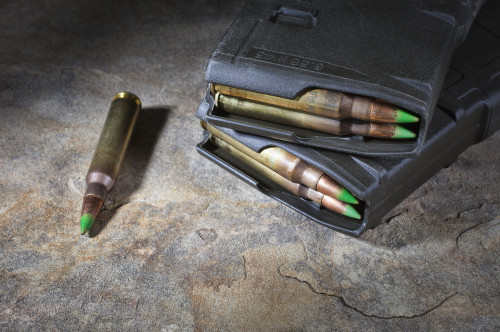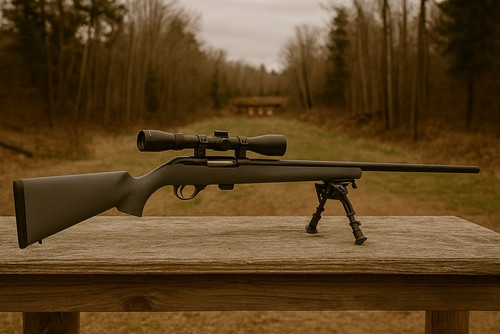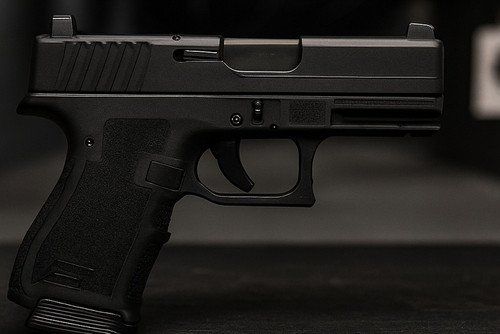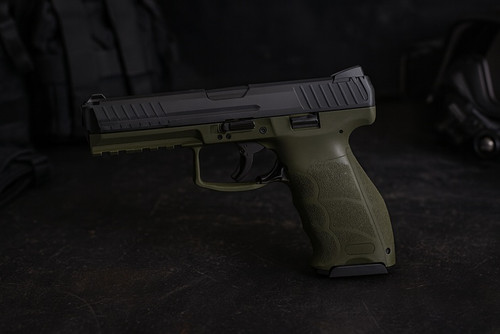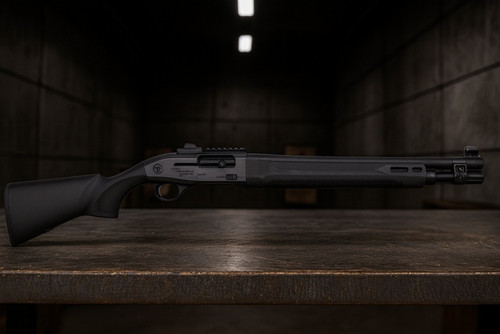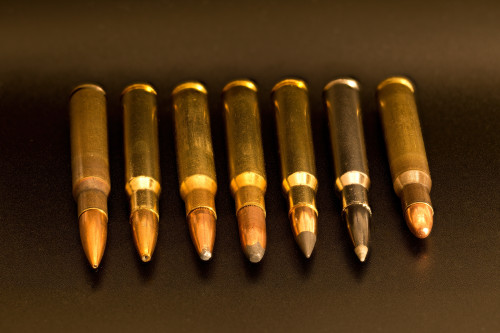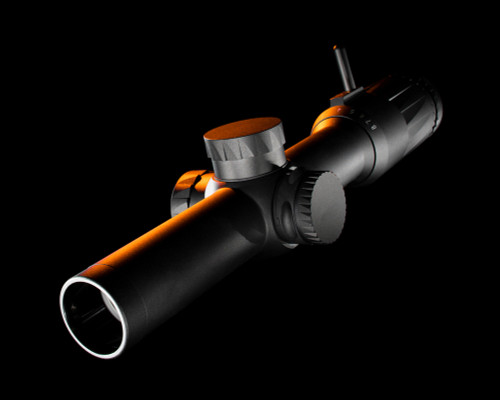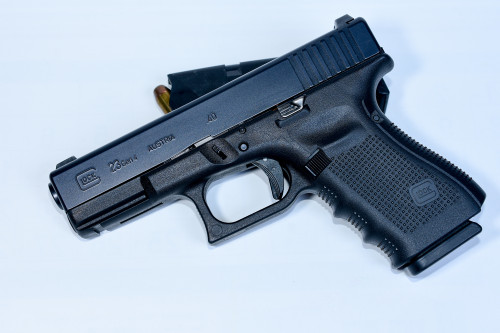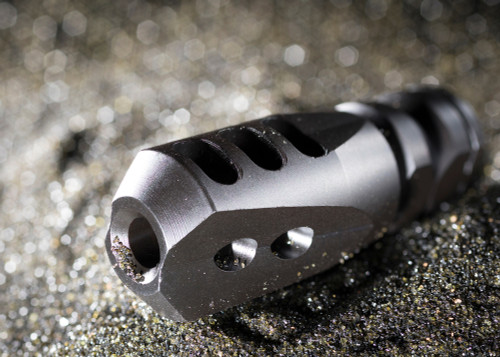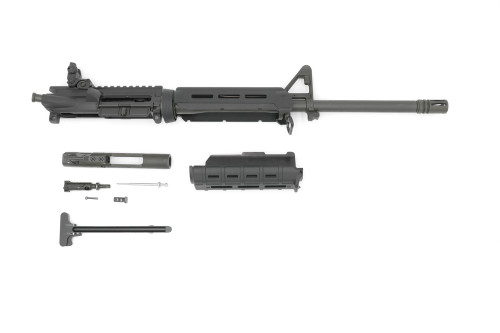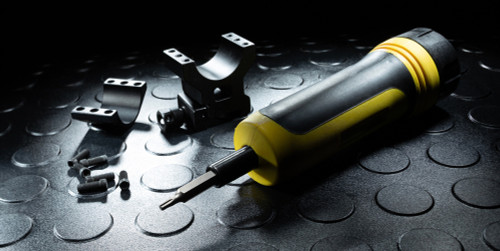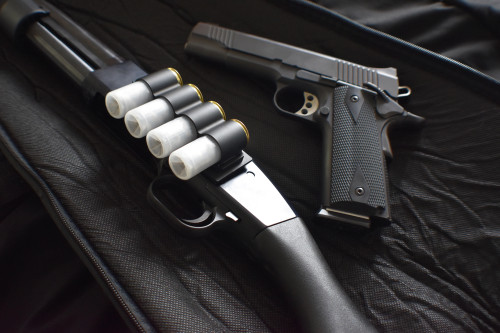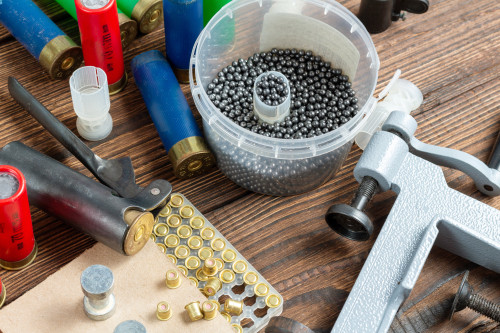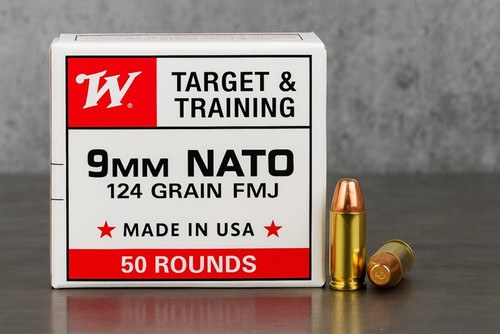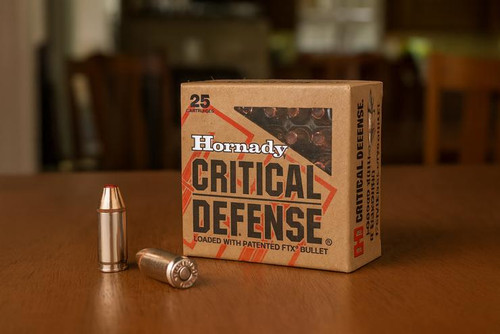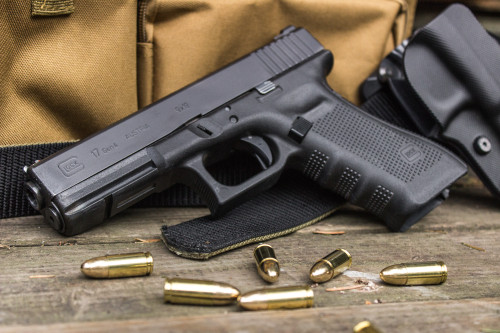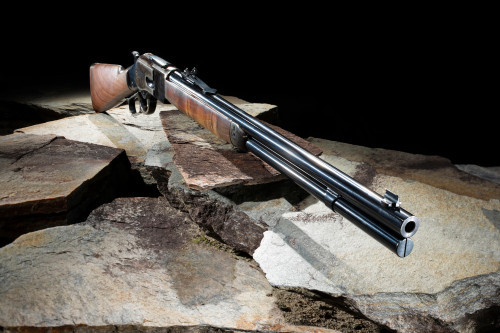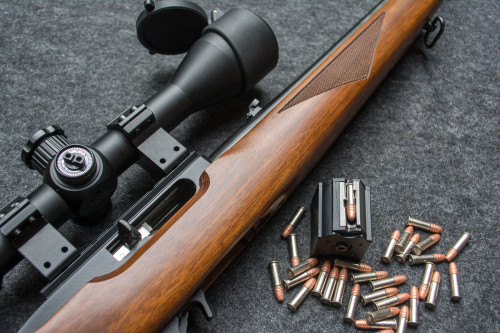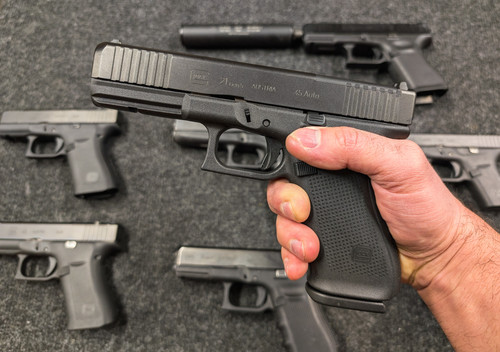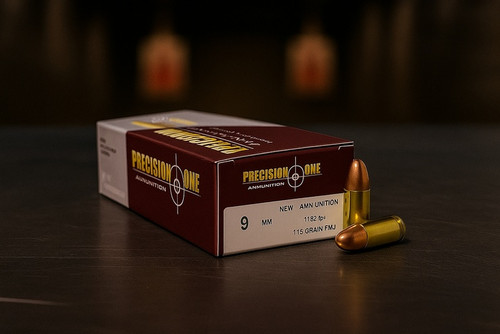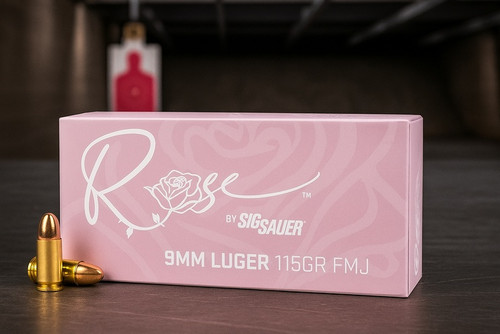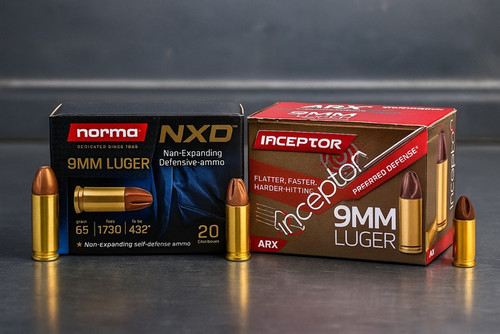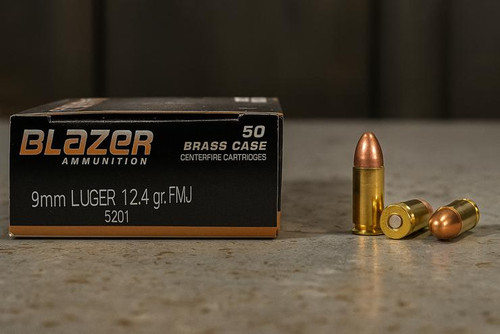Tulammo Review: Is It Safe To Use?
Good, cheap, and fast. We always want all three, whether it’s a car, a computer, or dinner on a Tuesday. But no matter what you want, you can usually only pick two. The same holds true for ammo as well—but we might think of the options in terms of quality (good), cost (cheap), and quantity (fast).
So which compromise is most worth it? If you want a ton of good ammo, it won’t be cheap. Likewise, a small quantity of plinking ammo is certainly cheaper, but is it worth the sacrifice in quality? Regardless of your appetite for compromise or your ammo consumption, there’s a right answer for everyone.What about Tulammo, the steel-cased mystery meat of the ammo world? Where does it fit in the Venn diagram of ammunition? Is it the mythical unicorn that flawlessly blends economy with efficiency and quality?
No. Unicorns aren’t real.
What is real? A plant in Tula, Russia that cranks out a crazy volume of affordable ammo that works for a lot of shooters. Here’s the good, bad, and ugly on Tulammo and why it’s a viable choice for many of today’s shooters.
The bottom line: Yes, Tulammo is safe to use in many different kinds of rifles and pistols and often serves as a decent compromise for budget-conscious shooters.
Differences Between Steel Case and Brass Ammo
The debate surrounding steel v.s. brass-cased ammo has been ongoing since surplus Combloc ammo has been imported (basically forever). With the surplus glory days behind us (R.I.P. $59 Mosin-Nagant 91/30 rifles) and all associated ammo dried up, budget-conscious shooters are left with new production steel-cased ammo. Namely, these are made by Wolf, Tulammo, and a handful of other small players.
As far as metallurgy goes, brass is a tensile material (meaning it can bend easily) and is softer and more malleable than steel. For firearms and shooting, this means brass is less abusive to bolts, chambers, and extractors.
However, the extent to which brass-cased ammo is gentler on guns is the subject of intense debate. If you shoot steel ammo using a handgun or an AR twice a month or more, you will likely notice a few more jams and may need to replace extractors sooner than you would otherwise.
That said, cost is another key difference, and steel’s largest advantage. As a material, steel is cheaper than brass. Plus, steel-cased ammo is generally made in places where labor rates are significantly cheaper (such as Russia). With that in mind, steel is the hands-down winner in a cost per round comparison.
But there’s more to consider with steel-cased-ammo, so let’s peel back some layers.
Steel-Cased Ammo Myths and Lore
Spend a few minutes browsing gun forums, and you’ll probably hear things like, “A shotgun is the best for home defense. All you gotta do is rack it and the perp will wet himself and run away” or, “a .22 is the best for defense ‘cause the bullet just bounces around inside.” There’s no shortage of myths or ill-formed opinions surrounding firearms and ammunition. And steel-cased ammo (like Tulammo) is no exception.
That said, some of the things you hear about steel-cased ammo are totally valid. Then again, some aren’t. Let’s examine some of the top claims and see just how big of a deal they are when it comes to using Tulammo.
1. It’s Dirty.
You can’t really argue with this one. Much of the pew powder in Russian steel-cased ammo is pretty dang dirty. It’s safe to assume that the price of powder is a bigger consideration for the folks at Tula than how cleanly it burns inside a Kalashnikov. Add a suppressor to a gas-operated gun and you’re in for a wet, black slurry after a few mags.
Bolt actions like a 7.62x54R? No biggie. A bolt-action rifle like the ubiquitous Mosin-Nagant doesn't use any spent gasses to operate like an AK or AR. All of the combustion gas is blown down the bore chasing the bullet. In a gas-operated rifle, some of the gas is siphoned off through a gas tube to unlock the bolt and shove the bolt carrier group (BCG) backward, ejecting the spent cartridge. The gas mixes with unburned gunpowder in the receiver and BCG to create the aforementioned slurry.
The cartridges themselves are also a bit dirtier than brass-cased ammo. This is likely due to the polymer coating that’s common in most products. But at least Tulammo isn’t corrosive.
2. It’s Inaccurate
This one is subjectively true as well, and there are a few reasons why. First, inconsistent powder charges lead to large standard deviations from shot to shot. Other factors (such as the case itself) can lead to less-than-stellar accuracy. More on this point in #6.
3. The Primers Are Hard
This is a fair complaint, but it isn’t that big of a deal for most people. The issue with hard primers is that if you’re using lighter-than-normal springs to make the trigger pull lighter, there’s a chance the hammer or firing pin won’t hit the primer with enough force to spark the gunpowder. This results in a “click” instead of a “BOOM.” If your gun is built properly with in-spec parts (and without super light trigger springs), this is a non-issue.
4. The Bullet Jackets Are Bi-metal
There is some merit to this claim. But again, it warrants a closer look.
The main complaint here is that Tulammo jackets are a mix of copper and other metals that wear a barrel out faster than plain copper.
However, the two rates of deterioration are impossible to quantify and compare. If you shoot enough steel-cased ammo to wear out the barrel, you’ve definitely saved more than the cost of a new barrel by shooting the steel instead of brass.
5. It’s Underpowered
This one is true, and is the most easily demonstrated. Grab a chronograph and a rifle, and you’ll find that Tulammo .223, for instance, clocks in around 2,844 fps out of a 20” barrel versus M193 clone ammo (that averages 3,144).
If you’re shooting a rifle with a small gas port (most applicable to the AR-15 variants), you might run into issues where the gun won’t cycle completely. However, most modern guns have adequate gas ports to run lower-powered ammo.
6. The Steel Cases Don’t Expand and “Fill” The Chamber
This idea might be splitting hairs. Take a look at a fired piece of brass or steel, and see if it’s excessively dirty below the neck. It might be, or it might not be. If it is, you might be experiencing blow-by. This is when the cartridge doesn’t completely seal within the chamber upon ignition, permitting gasses to blow back into the chamber, dirtying it and the case.
However, steel isn’t as elastic as brass by nature. So even if the case expands upon ignition, there’s a lesser chance it’ll “shrink” back down upon extraction like brass. This does mean it could get stuck in tight chambers (more on this in #7).
7. The Rims Are Weak
This feature has the potential to create the most problems. The rim of a cartridge is what the extractor locks onto when feeding, and what it pulls the spent case out when extracting. If the rim fails or rips, the spent case is now stuck in the chamber, rendering your gun inoperable.
You might run into this problem when running a tight, match-grade chamber. But if you’ve decided to shoot cheap ammo through a match-grade chamber in the first place, what can you expect?
8. What About The Lacquer Coating?
This one is a bit outdated. Today, most manufacturers (Tulammo included) use a poly coating on their ammo. But in the not-so-distant past, some companies used a lacquer coating. Legend has it, this coating would melt in a hot chamber, either depositing a lovely buildup of crud or (if allowed to cool while loaded) completely “gluing” the round inside the chamber.
This is still open for debate, and it’s hard to tell what’s really true with all the anecdotal evidence confirming or denying it. But it’s important to note that most ammo companies use a polymer coating these days.
Will Tulammo damage my gun?
In a word, no. Tulammo will not damage your gun.
But, it will cause more wear on your gun than brass-cased ammo would, which can shorten the life of components like extractors.
The finer points of this claim are detailed above. But in general, if you’re shooting an in-spec rifle that doesn’t have a dirty, tight, match-grade chamber, and you can tolerate a few more jams and misfires to save a dime, you’ll be just fine shooting Tulammo and other steel-cased ammo.
Is Russian Ammo Still Imported?
For the time being, yes, it is. In 2021 the U.S. State Department said it would put some teeth into the Chemical and Biological Weapons Control and Warfare Elimination Act of 1991 due to the recent poisoning of Russian politician Alexei Navalny, who opposed Vladimir Putin, using Novichok — a nerve agent restricted by the 1997 Chemical Weapons Convention (CWC).
The announcement sent prices of typically cheap Russian ammo into orbit. But the reality of the bill says that Russian ammo (among other items) is subject to denial of importation.
That said, much of the Russian ammo currently being imported gained approval for importation prior to the poisoning. So it’s business as usual for now. But there is a possibility that ammo may one day be the subject of an import ban, so get it while the gettin’ is good.
Can I Reload Steel Case Ammo?
Yes, you can. But is it worth it? Probably not.
Again, steel isn’t as malleable as brass. It’s more prone to splitting and cracking as it’s rammed through dies on a press. If you do decide to reload your steel case ammo, don’t load your rounds more than once.
The Bottom Line on Tulammo
If you’re looking for blasting ammo for an AR, AK, or an old surplus Mosin-Nagant, Tulammo is perfect low-budget training ammo. No one expects world-class accuracy from guns like the AK or the Mosin. So why waste good money shooting high-dollar ammo in these guns?
Many modern ARs are made with generous gas ports and chambers to take full advantage of low-powered ammo, meaning that the most critical points above (5, 6, and 7) are moot.
The glory days of cheap surplus ammo are long gone, so we now have to look to other outlets to keep shooting on a budget. Tulammo fills a demand among shooters who are budget-conscious but still want to train and shoot and accept the shortcomings of steel-cased ammo. Although Tulammo is a little more expensive than old Yugoslavian or Bulgarian surplus, it’s not corrosive.Still not convinced? Get a box and test it out for yourself (you can definitely afford it). Order 7.62X54R 148 Grain Full Metal Jacket from Pro Armory today in boxes of 20 or bulk cases.




 Austin
Austin







